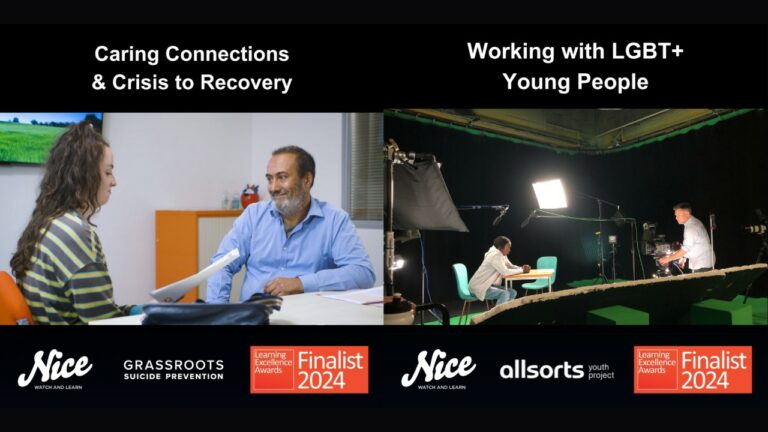Behaviour change is really the end goal for L&D professionals. Learning can only add value when employees not only absorb knowledge, but take incentive to apply it positively in their role. Looking at the L&D landscape and beyond to our digital lives, video is a clear frontrunner in providing a learning format which is engaging and digestible. YouTube has more than a billion users watching 3.25bn hours of online video content every month while Facebook has 8bn video views a day*.
We know that video is the future; but what kind of video best fits the bill to promote changing behaviours?
The case for drama
Thinking of film as a vehicle for social or behavioural change the word documentary comes to mind. It’s the genre most associated with the truth (generally unfavourable) and exposing it. Something is happening and people need to know to be able to change it, or change attitudes towards it. Real-life settings, people and scenarios can help place an issue into a truthful context making it easier to visualise how it can be fixed.
A similar aesthetic format is often adopted in L&D. Talking heads, role-plays and interviews with employees and clients often take the forefront of video learning, putting workplace situations into a lifelike context to influence behaviour change and employee engagement. While there are benefits, I’ve rarely found myself engaged by these videos; their agenda feels too transparent and, I lack emotional investment.
So, is this approach right for L&D? It’s incredibly hard to influence behaviours without engaging your audience emotionally and personally, and an obvious, mandated agenda can hinder this. Drama is often subtler in its agenda and we don’t need to think too much about it; we escape with it, we relate it to our own lives and we emotionally engage on our own terms.
Drama is needed to increase emotional impact not just so that we learn, so that we change.
Victim – a case study for change
Victim premiered in Leicester Square on 31 August 1961. It was the first English language film to use the word homosexual, and revolves around the blackmail of a young gay man and a highly-regarded barrister, concealing his gay desires. Scriptwriter Janet Green was a supporter of the homosexual law reform and wrote the screenplay with this agenda in mind. The drama unfolds through the narrative of the young man fleeing blackmail and oppression, a common occurrence then making gay men vulnerable in society. His suicide signals the severity of gay persecution but isn’t shown on screen; anguish and masked frustration of the two men are conveyed throughout the story without sensationalism or shock.
The casting of popular actor Dirk Bogarde also gave the film a more mainstream appeal and rather than hammering the message across, Victim assumes the guise of a subtle suspense film. Although partly due to censorship, it’s accessibility arguably had more impact than if it had attempted to shock and explicitly seek the changes it’s attributed to.
6 years after its release the 1967 Sexual Offences Act was passed, and to mark the 50-year anniversary the film has recently been shown in cinemas to mark its significance. The Act didn’t stop the decriminalisation of homosexuality altogether, but it certainly played a key role in changing the national conversation of the period as did the film.
When drama makes the cut
Victim isn’t the only example of drama for change. The 1966 Ken Loach film Cathy Come Home’s harsh depiction of homelessness is attributed to the inception of the housing charity Shelter. Loach continues fighting for social justice with his latest film I, Daniel Blake which has sparked debate on the fairness of the UK welfare system, garnering support from Jeremy Corbyn.
Drama isn’t the only format for change either, but I believe it could create far more impact for organisations if incorporated into their blended L&D offering. If we think about achieving behaviour change, learners need to:
- Be emotionally invested
- Relate on a personal level, and understand what’s in it for them
- Be aligned to the wider agenda
- Have means to apply that emotional investment and knowledge to change
We can’t achieve all the above without setting the stage for just a little bit of drama.
Sources:
Real Drama for Learning
Script consultancy: we work with your team to turn workaday content into something truly dramatic.
Training: Using our conceptual toolkit, we work with your team to give an understanding of the basics of dramatic construction.
Agency support: working with you at the bid stage, we provide creative support to elevate your video-oriented eLearning idea into a winning pitch.
Production: From idea to final film we work with you throughout the journey.
Real Drama for Learning – using emotion to communicate ideas.







